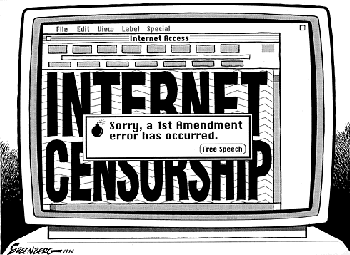

Banned Book Week is an annual event designed to celebrate the freedom to read and to combat the censorship of books. This event was founded in 1982 and is typically held in the last week of September or the first week of October. Every year, Banned Book Week is given a theme that guides the materials and events held during Banned Book Week. Here are some examples of previous themes:
The event brings together librarians, booksellers, publishers, journalists, teachers, and readers of all types to support the freedom to publish, read, and view any material. Additionally, the event is designed to highlight historical and current challenged & banned books, draw attention to the harmful nature of censorship, and educate and unite people in the fight against censorship.
It is important to note the distinction between banned books and challenged books. A challenge is an attempt to remove or restrict materials. Challenges typically originate from individuals or groups -such as parents, community groups, religious groups, etc. A ban is the actual removal of challenged materials. The majority of books today are challenged rather than outright banned but it is important to note that books are and can still be fully banned.

According to the American Library Association (ALA), censorship is:
"...the suppression of ideas and information that some individuals, groups, or government officials find objectionable or dangerous. Would-be censors try to use the power of the state to impose their view of what is truthful and appropriate, or offensive and objectionable, on everyone else. Censors pressure public institutions, like libraries, to suppress and remove information they judge inappropriate or dangerous from public access, so that no one else has the chance to read or view the material and make up their own minds about it. The censor wants to prejudge materials for everyone. It is no more complicated than someone saying, “Don’t let anyone read this book, or buy that magazine, or view that film, because I object to it!""
Censorship can be carried out by anyone but it is most notably enacted by:
Censorship is closely tied to the First Amendment -which, in essence, allows anyone to speak, publish, read, and view what they wish, worship (or not worship) as they wish, associate with anyone they choose, and gather together to ask the government to make changes in the law or to correct the wrongs in society. The First Amendment is not applicable to certain categories of speech including obscenity, child pornography, defamatory speech, false advertising, true threats, and fighting words. Only courts of law determine what is and what is not protected speech.
It is also important to note that the First Amendment only prevents governments (including state and local governments) from restricting speech. It does not prevent private businesses or individuals from placing restrictions on speech.